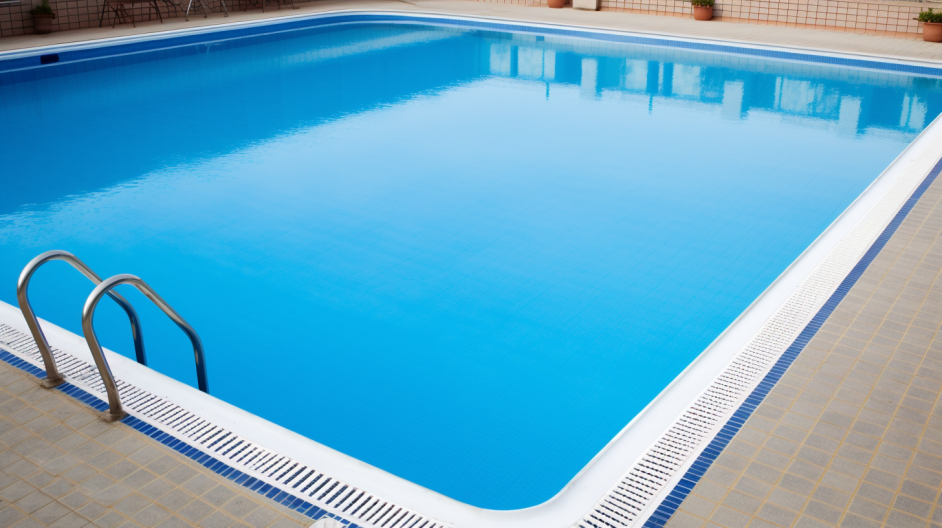Chlorine, a powerful disinfectant commonly used in swimming pools and tap water treatment, plays a vital role in maintaining public health. However, while chlorine is effective in killing harmful microorganisms, it can also wreak havoc on our hair and skin. In this article, we will delve into the damaging effects of chlorine on hair and skin, as well as explore ways to mitigate and prevent these negative consequences.
The Science of Chlorine
Before we delve into the damage it can cause, it’s important to understand how chlorine works. Chlorine is a chemical element widely used as a disinfectant due to its ability to kill bacteria, viruses, and other pathogens. In swimming pools, it is added to water to keep it safe for swimmers. In tap water treatment, chlorine is used to purify drinking water.
The Damage to Skin
- Dryness and Irritation: Chlorine is notorious for its ability to strip the skin of its natural oils. When exposed to chlorine-treated water, the outermost layer of the skin, known as the stratum corneum, can become damaged. This can lead to dryness, redness, and irritation. Those with pre-existing skin conditions, such as eczema or psoriasis, may experience exacerbation of their symptoms when exposed to chlorine.
- Acne Breakouts: Chlorine exposure can also contribute to acne breakouts. The stripping of natural oils from the skin can lead to an overproduction of sebum (skin oil) to compensate, potentially clogging pores and causing pimples.
- Premature Aging: Chlorine can accelerate the signs of aging by degrading collagen and elastin, two proteins crucial for maintaining skin’s elasticity and firmness. As these proteins break down, the skin may sag and develop fine lines and wrinkles at an accelerated rate.
- Allergic Reactions: Some individuals are more sensitive to chlorine than others. For those with chlorine allergies, exposure can result in hives, itching, and other allergic reactions, further highlighting the importance of protecting the skin when swimming in chlorinated pools.
The Damage to Hair
- Dryness and Frizz: Just as chlorine strips the skin of its natural oils, it does the same to hair. When hair lacks its protective oils, it becomes dry, brittle, and prone to frizz. Chlorine exposure can leave hair feeling rough and unmanageable.
- Discoloration: Chlorine can cause hair to change color, especially if it is chemically treated or color-treated. Blonde hair may develop a greenish tint, while darker hair can become dull and faded. This discoloration is often due to the chlorine reacting with metals or minerals in the water.
- Weakening and Breakage: The structural integrity of hair can be compromised by chlorine. It weakens the hair shaft, making it more prone to breakage. Over time, this can lead to hair thinning and loss.
- Scalp Irritation: Chlorine can also irritate the scalp, causing itching and flaking. This can be particularly uncomfortable and embarrassing for those who experience it.
Ways to Protect Your Skin and Hair from Chlorine Damage
Now that we understand the potential damage chlorine can cause to our skin and hair, let’s explore ways to protect ourselves:
For Skin:
- Shower Before Swimming: A pre-swim shower can help saturate your skin and hair with clean water, reducing the absorption of chlorinated water.
- Apply a Barrier Cream: Specialized barrier creams and lotions designed for swimmers create a protective layer on the skin, reducing chlorine’s contact.
- Rinse Immediately After Swimming: As soon as you exit the pool, rinse off with fresh water to remove chlorine from your skin.
- Moisturize: Use a good quality moisturizer after swimming to help replenish lost moisture and soothe any irritation.
- Use Mild Cleansers: Opt for gentle, fragrance-free cleansers and soaps to avoid exacerbating skin dryness.
For Hair:
- Wet Your Hair: Before entering the pool, wet your hair with fresh water. This reduces the hair’s ability to absorb chlorinated water.
- Wear a Swim Cap: A swim cap can create a protective barrier between your hair and the chlorinated water.
- Rinse and Shampoo After Swimming: After swimming, rinse your hair thoroughly with fresh water and use a chlorine-removing shampoo to get rid of residual chlorine.
- Deep Condition: Regular deep conditioning treatments can help restore moisture and vitality to chlorine-damaged hair.
- Limit Exposure: Consider minimizing your exposure to chlorinated pools, or try swimming in natural bodies of water when possible.
Conclusion
Chlorine, while essential for maintaining public health, poses a significant threat to our hair and skin when overexposed. It strips away natural oils, causes dryness, and irritation, and can accelerate the signs of aging. By taking simple precautions such as showering before swimming, using barrier creams, and rinsing thoroughly afterward, we can minimize the damage chlorine inflicts on our hair and skin. Additionally, choosing natural water sources for swimming or investing in water filtration systems for our homes can also reduce chlorine exposure. Ultimately, protecting our skin and hair from chlorine damage is a matter of informed prevention and self-care.

